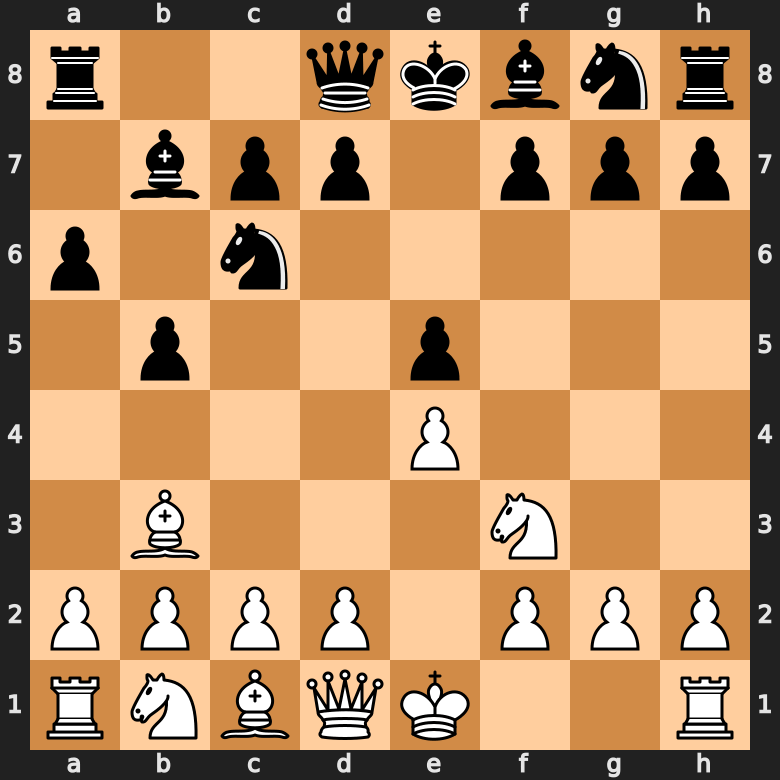How Does The Rook Move In Chess?
Every piece in chess moves in a unique way across the playing field. In order to master the game of chess, one has to learn the movement of all the pieces first. Which is exactly why we created this guide. Today, we’ll look at the movement of the rook in detail and explain everything the rook can – and can’t – do on the board.
Rooks Move in Horizontal and Vertical Lines
Luckily, the rook’s movement is relatively easy to understand.
The rules of chess allow the rook to move any number of vacant squares in a straight line, in either a horizontal or vertical direction.
Have a look at this animation to get a better grasp of how the rook can move in chess:

As you can see, a rook always moves in a straight line, either up or down across the chess board.
How Does The Rook Attack in Chess?
Generally, most chess pieces attack the same way they can move (the exception being the pawn). Whenever a rook can reach another piece by moving onto that square, the rook is attacking (i. e. threatening to capture) said piece.
Here you can see the rook attacking and subsequently capturing a queen:

How The Rook Can’t Move
As mentioned, the general movement of the rook is quite easy to understand. However, there are some restrictions the rook faces in its movement. Some of them are related to how chess pieces move in general, others are specific to the rook itself.
Moves Chess Pieces Can’t Do In General:
- The rook can’t move “half squares”. The rules of chess do not allow the rook to move half-spaces and thus stand in-between squares. A move is only finished once the rook is placed onto a single square.
- Neither can the rook share a square with any other piece. In a similar sense to the previous point, it is not allowed for the rook to share a square with another piece. While enemy pieces may be captured by the rook, it can’t move onto squares that are already occupied by other friendly pieces. Meaning, the rook always has to stand on a square completely on its own.
Moves The Rook in Particular Can’t Do:
- The rook always has to move in straight lines. In chess, the rook is only allowed to move in straight lines; either vertically or horizontally. It is not allowed for the rook to combine those two movements into one move, meaning the rook can’t move like a knight.
- The rook can’t move diagonally. The rook is the only chess piece besides the knight, that is not allowed to move diagonally. While a diagonal is still a straight line, the movement rules of the rook prohibit it from moving along a diagonal on the chess board.
- The rook can’t jump over other pieces (exception: castling). As with every other chess piece – except the knight – the rook is not allowed to jump over pieces, either friendly or enemy. However, there is one exception to this rule, which is a special move called castling. Let’s look at it in detail.
A Special Rule: Castling
Castling is a special move in chess that is performed by the rook together with its king. Essentially, castling is a double-move, in which both the rook and king move together in an effort to improve the position by activating the rook and protecting the king.
There are four distinct requirements that need to be met in order for a player to be allowed to castle in the game:
- The king and (castling) rook have not yet moved in the game
- The king is not currently in check
- No square the king would castle through is under attack
- The squares between king and rook are unoccupied
Generally, these conditions are most likely to be met early in the game, which is also why you are supposed to castle during the opening. So, once all these requirements are met, you are allowed to castle, but how do we do that? Let’s examine!
Basically, castling involves two separate moves by your king and rook:
- The king moves two squares towards the rook
- The rook jumps over the king and gets placed directly next to it
Have a look at this animation of castling:

Since both players start the game of chess with two rooks, you have two different ways of castling: a short castle (with the rook closer to your king) and a long castle (with the rook closer to your queen). In the animation above you can see an example of a short (or kingside) castle.
If you’ve been paying attention, you might’ve noticed, that we said that the rook can’t jump over other pieces. Well, technically, it is possible for a rook to jump over other pieces, even if it is just its own king when castling.
Read More About the Rook in Chess
- Is a Queen Better Than a Rook and Bishop?
- How Much is Each Chess Piece Worth?
- How Does The Rook Move In Chess?

